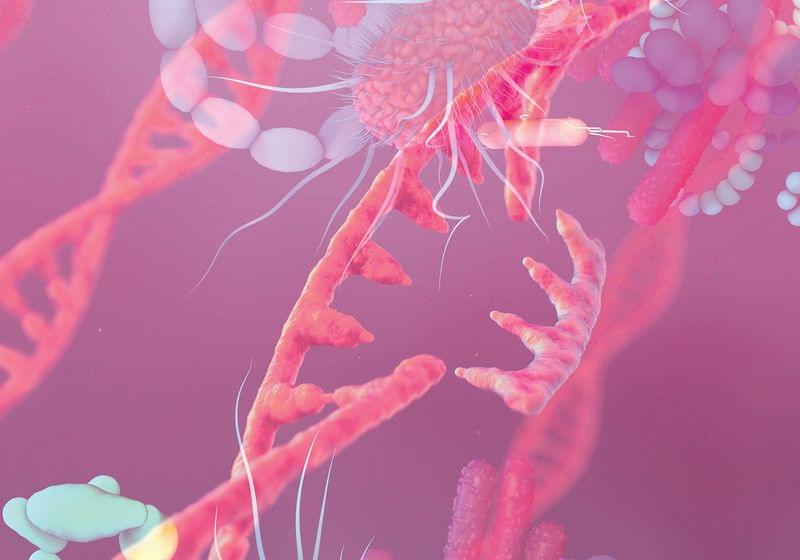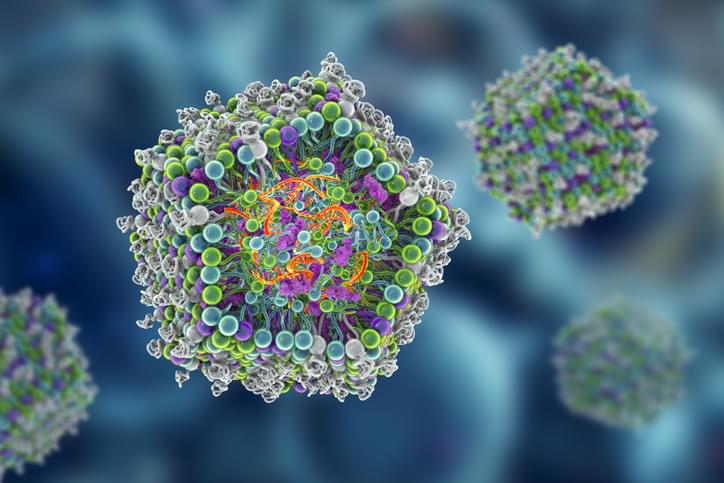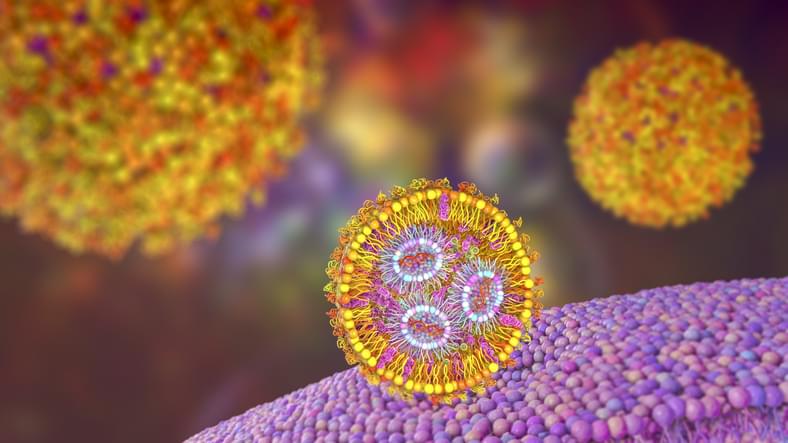Mar 19, 2024
The Dawn of Precision Gene Editing with Programmable Recombinases
Posted by Paul Battista in categories: bioengineering, biotech/medical, genetics
Exploring the cutting edge of genetic engineering, the development of programmable recombinases and zinc finger domains is ushering in a new era of precision in DNA manipulation. These advances enable precise genomic alterations, from single nucleotide changes to the insertion of large DNA segments, potentially transforming the landscape of therapeutic gene editing and opening new possibilities in personalised medicine.


















